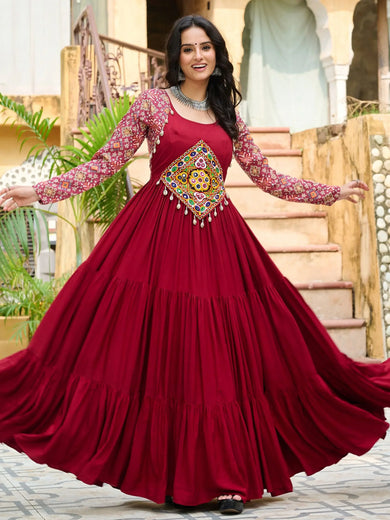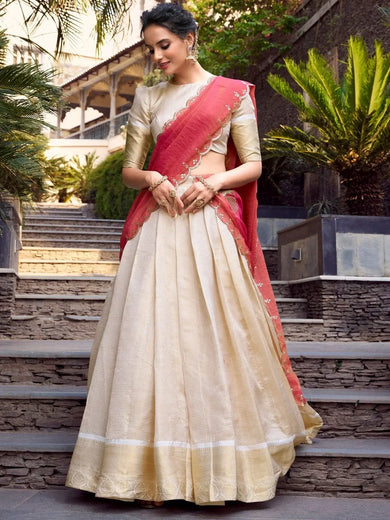Ethnic wear holds a special place in our hearts and wardrobes due to its rich fabrics, vibrant colours, and intricate designs. Whether it is a saree, salwar kameez, lehenga, or kurti, traditional garments can carry sentimental value and cultural significance. Maintaining these pieces properly is essential for preserving their beauty and ensuring their longevity. Our goal in this guide is to provide you with some useful tips to help you preserve the quality of your ethnic clothing.
Preventive Measures:
Storage:
A proper storage method is essential to prevent damage. Keeping ethnic wear in a cool, dry place and out of direct sunlight will prevent the colours from fading. Ensure that your garments are protected against dust and insects by using breathable garment bags or cotton covers.
Hangers:
Whenever possible, avoid using wire hangers, as these may distort the shape of your ethnic clothing. Instead, use padded hangers to maintain the form and structure of your ethnic attire.
Fold Carefully:
Alternatively, if hanging is not an option, fold your garments along their natural lines to avoid creasing. Use acid-free tissue paper between layers to avoid colour transfer.
Cleaning Techniques:
Read Care Labels:
Care instructions should always be followed. Different fabrics and embellishments require different cleaning methods. Some garments may require dry cleaning only, while others can be hand-washed.
Gentle Hand Wash:
Hand washing with a mild detergent and cold water is recommended. Avoid wringing the fabric, as it may damage the delicate embroidery and embellishments. Gently squeeze out excess water and lay flat to dry.
Dry Cleaning:
When it comes to intricate or heavily embellished garments, dry cleaning is often the best option. Choose a dry cleaner who is well known for their expertise in handling ethnic wear.
Stain Removal:
Act Quickly:
Make sure stains are addressed promptly to prevent them from setting. Blot the stain with a clean cloth, working from the outside inward to prevent it from spreading.
Test First:
Use a gentle, colour-safe stain remover on ethnic clothing to prevent damage. Test any new stain remover on an inconspicuous area first.
Ironing and Steaming:
Low Heat:
Your ethnic wear should be ironed on the reverse side using a low-heat setting. Some fabrics, like silk and chiffon, may require you to use a protective cloth between the iron and the garment.
Steam Care:
Steam can help remove wrinkles without direct contact, preserving the fabric's integrity. When using a garment steamer, fabrics that are sensitive to high heat can be steam-treated.

Embellishment Care:
Handled with Care:
When handling garments that have heavy embellishments such as sequins, beads, or embroidery, use clean hands and wear smooth jewellery to prevent snagging.
Secure Zippers and Hooks:
Make sure that the zippers and hooks are securely fastened before washing or storing the garment. Loose fastenings can cause damage both to the garment and the fabric around it.
Moth Prevention:
Natural Repellents:
Ensure that your ethnic wear is protected against moth infestation by storing natural repellents such as cedar blocks or lavender sachets in your storage facility.
Regular Checks:
Make sure you check your wardrobe periodically for signs of moth activity. If you find any, take immediate action to prevent further damage from occurring.
Conclusion:
Preventative measures, proper cleaning techniques, and attentive care are essential in preserving the quality of ethnic wear. It is important to follow these tips to make sure your traditional attire lasts for generations. Whether it is a family heirloom or a recent purchase, maintaining your ethnic wear will undoubtedly pay off in the long run. Shop online at ethnic plus and live a glamorous life. Indian women love to dress, and we want to provide them with ethnic clothing.







